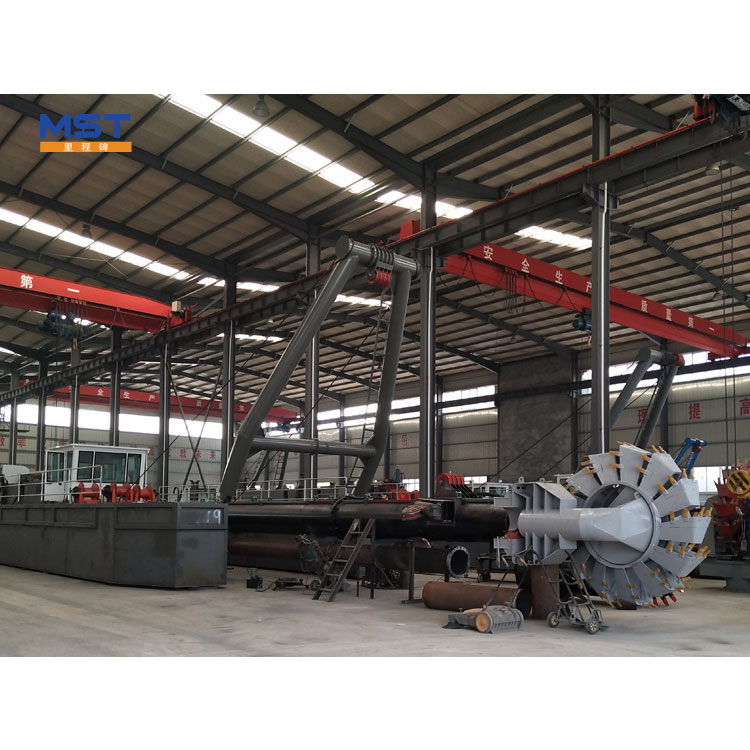Navigating Environmental Impacts: Trailing Suction Bucket Chain Dredgers in Gold Mining
2024-03-02
Introduction:
Gold mining has long been intertwined with environmental concerns, as the quest for precious metals often intersects with delicate ecosystems and habitats. Trailing suction bucket chain dredgers (TSBCDs) have emerged as powerful tools in gold extraction, but their use can also pose environmental challenges. In this blog, we explore the environmental impacts associated with the use of TSBCDs in gold mining, shedding light on the efforts to mitigate these impacts and promote sustainable mining practices.
1. Alteration of Aquatic Habitats:
One of the primary environmental impacts of TSBCDs in gold mining is the alteration of aquatic habitats. Dredging operations disturb the riverbed or seabed, disrupting sediment layers, habitat structures, and ecological processes. This disturbance can lead to habitat degradation, loss of biodiversity, and displacement of aquatic species, affecting the overall health and functioning of aquatic ecosystems.
2. Sediment Resuspension and Turbidity:
TSBCDs can resuspend sediment and increase water turbidity during dredging operations, particularly in shallow water environments. Elevated turbidity levels can reduce water clarity, impede light penetration, and disrupt aquatic flora and fauna. Sediment resuspension may also impact fish spawning grounds, aquatic vegetation, and benthic communities, altering ecosystem dynamics and nutrient cycling.
3. Sedimentation and Erosion:
Dredging activities can contribute to sedimentation and erosion downstream of the dredging site, affecting river morphology and sediment transport processes. Excessive sedimentation can smother benthic habitats, degrade water quality, and impede the movement of aquatic organisms. Conversely, increased erosion may lead to habitat loss, bank instability, and sedimentation in downstream reaches, exacerbating environmental degradation.
4. Release of Contaminants:
The dredging process can release contaminants trapped in sediments, such as heavy metals, toxins, and pollutants, into the water column. These contaminants may originate from historical mining activities or natural sources and can pose risks to aquatic organisms and human health. Miners implement sediment containment measures and water quality monitoring to minimize the release of contaminants and mitigate environmental impacts.
5. Noise and Vibration:
TSBCDs generate noise and vibration during dredging operations, which can disturb aquatic fauna, including fish, marine mammals, and invertebrates. Prolonged exposure to noise and vibration may disrupt fish behavior, communication, and reproductive cycles, leading to population declines and ecological imbalances. Miners implement noise mitigation measures and adhere to regulatory limits to minimize the impact on marine life.
6. Cumulative Effects:
The cumulative effects of multiple dredging operations in a given area can exacerbate environmental impacts over time. Continuous dredging may lead to habitat fragmentation, loss of connectivity, and cumulative sedimentation, altering ecosystem structure and function. Miners conduct environmental assessments and engage in adaptive management practices to mitigate cumulative effects and preserve ecosystem integrity.
Conclusion:
While trailing suction bucket chain dredgers offer efficient means of gold extraction, their use can have significant environmental implications. Miners must prioritize environmental stewardship and adopt mitigation measures to minimize the impacts of dredging operations on aquatic ecosystems. Through responsible management practices, collaboration with stakeholders, and adherence to environmental regulations, the mining industry can strike a balance between gold extraction and environmental conservation, ensuring the long-term sustainability of gold mining operations.



